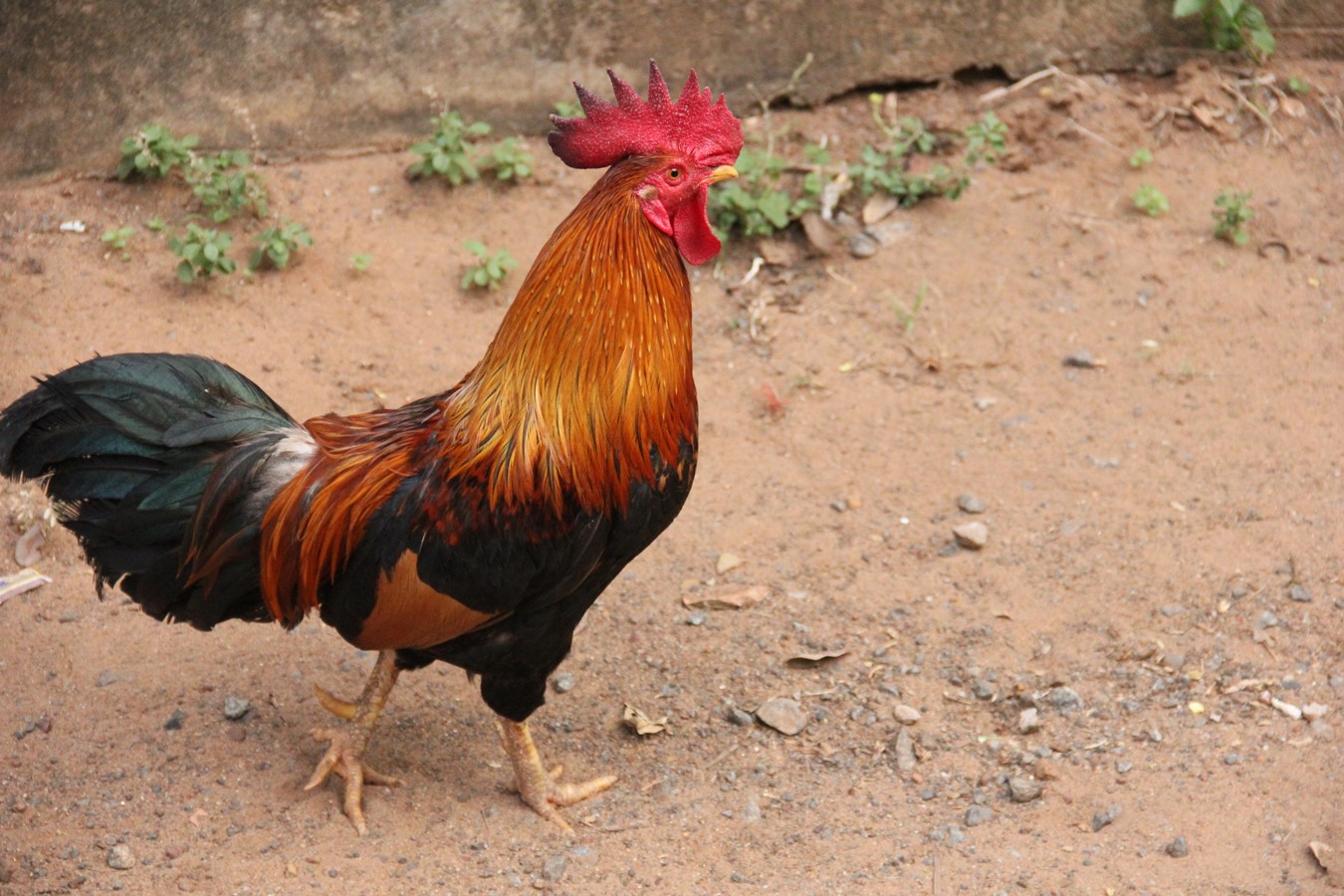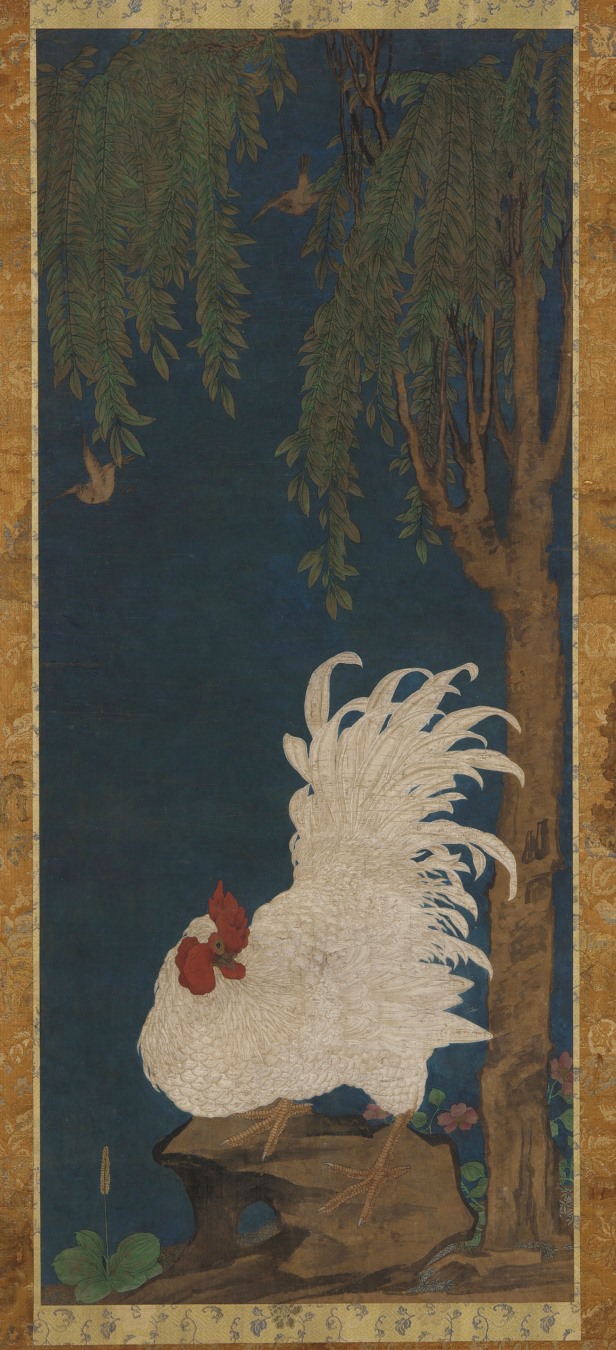Roosters and rooster products are in use for medical purpose in many countries across the Indian ocean. Stories about this animal were gathered and written by students. They are all part of a pedagogical project, funded by the National University of Singapore and the Université de Paris. The Bestiary site is a work-in-progress and a participatory educational tool, representing animals whose products or body parts are used to promote health and healing.
Chicken Essence
A Story by Lee Hui Shan
The Rooster is an animal commonly used and consumed in Chinese Culture. Other than its use as produce, the Rooster also has symbolic meaning in China. The most common appearance of the Rooster in Chinese culture is its place in the 12 Chinese zodiac signs. The Rooster is placed 10th out of 12 animals, and people born in the year of the Rooster are believed to have certain personality traits like being independent, self-involved, practical, hard-working, and observant. Based on the birth year, people are further classified into the five Chinese elements, wood, fire, metal, earth, and water. The zodiac animal in combination with the element are used in fortune telling and feng shui. These predictions can be seen on the news, on social media and even on boards in Singapore’s shopping malls, especially at the start of every Chinese new year.
In Chinese culture, the Rooster also symbolises luck. This is because the Chinese pronunciation of the Rooster (鸡, jī), is similar to luck (吉, jí). Long before its domestication, the Rooster was believed to belong to the same family as the Phoenix, which is associated with luck too. Many parts of chicken are also said to have different symbolic benefits. For example, chicken feet have been shown to contain high amounts of collagen, which is important for healthy skin, blood circulation, joints, bones and digestion. During Lunar New Year in the Hubei Province of China, people eat chicken feet to “grab New Year money,” chicken wings to “spread their wings and fly high,” and the head of the chicken to symbolize “getting ahead” that year.
Rooster (Gopalpur, Orissa, India, 2012) © Leo Jalais
Value in Asian medicine
In Traditional Chinese Medicine (TCM), it is believed that many different parts of the chicken can be consumed to achieve health benefits. Chicken meat is also believed to be warm in nature and is able to resolve qi (life force or energy) stagnation, improves the spleen, digestion and kidney. Therefore, chicken is a main ingredient in several herbal soups, such as the Ginseng Chicken Soup, believed to revitalise energy and nourish the blood. In Singapore, advertisements promoting the use of Essence of Chicken, can be seen on buses and on TV. Growing up in an Asian household, it was a must to drink chicken essence before sitting for examinations because chicken essence is believed to relieve fatigue, improve concentration and memory, and reduce stress.
Zoonoses and harmful impact
Despite the TCM benefits, the chicken is also an animal and a carrier of the well-known H5N1, also known as bird flu. There have been several outbreaks of H5N1 in the past, the most recent case in Hunan in February 2020. The global spread of H5N1 in 2004 until 2007 decreased the demand for chicken meat, and several chickens died from the influenza or had to be killed to prevent the spread of the disease. While the risk of H5N1 is low for most humans, precautions need to be taken as viruses constantly mutate and change. A study at Oxford found that eating chicken may actually be detrimental to one’s health. The study found a link between chicken consumption and higher risk for non-Hodgkin’s lymphoma, cancer and melanoma. This might be because of all the harmful chemicals contaminants in farmed poultry meat and not because of the chicken itself.




